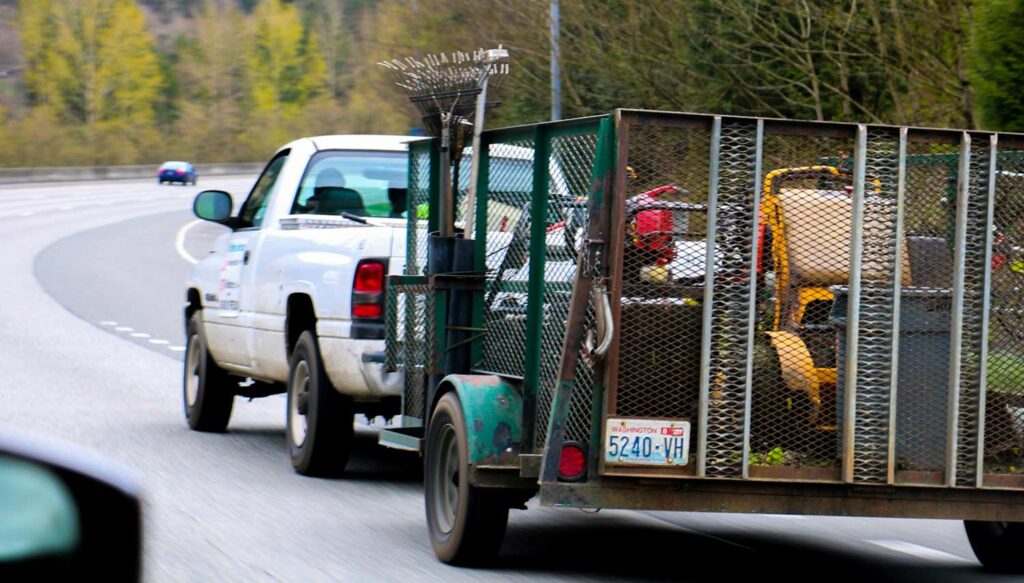When it comes to towing, people often ask, “Can you flip a hitch ball mount?” The answer is not as simple as yes or no. It depends on multiple factors like towing capacity, vehicle setup, and the specific ball mount you’re using. If you’re considering flipping your hitch ball mount, it’s important to understand the right process, the pros, and the cons.
What Is a Hitch Ball Mount?
A hitch ball mount is a critical piece of towing equipment. It connects the trailer to the towing vehicle, usually via a hitch receiver attached to the frame of your truck or car. The ball mount holds the hitch ball, and that’s where your trailer connects. You can often adjust the ball mount to ensure a proper towing angle, either by flipping it upside down or right-side up.
The design of most ball mounts allows them to be flipped to raise or lower the hitch ball height, which gives flexibility for towing different types of trailers. Some models even have adjustable heights, making it easy to switch between different trailers without needing multiple mounts.
Why Would You Want to Flip a Hitch Ball Mount?
One major reason to flip a hitch ball mount is to achieve a level towing setup. Keeping your trailer level while towing is key for safe driving. A tilted trailer can cause sway, uneven tire wear, and could even affect braking performance.
Flipping the hitch ball mount changes the drop or rise of the hitch, allowing you to either lower or raise the hitch ball. For example, if your trailer sits too low when attached, flipping the mount to raise it could level the trailer. On the other hand, if your trailer is too high, flipping it to lower the ball might be the solution.
When Should You Not Flip a Hitch Ball Mount?
There are times when flipping a hitch ball mount may not be a good idea. Always make sure your ball mount is rated for both the drop and rise you’re aiming for. Using a ball mount in an unintended position can sometimes reduce its strength. For instance, some mounts are only designed to handle weight in one direction.
Check your vehicle’s manual and the specifications on the ball mount itself to ensure flipping won’t affect its towing capacity. If your hitch setup is too high or too low after flipping, it can cause stress on your vehicle and trailer’s suspension, leading to possible damage.
Impact on Towing Performance
Flipping a hitch ball mount can drastically change how your trailer behaves on the road. A level trailer is easier to tow, more stable, and safer. An unlevel trailer can be prone to sway, especially at higher speeds or during sharp turns.
In addition to safety, an unlevel trailer can put additional stress on your vehicle’s suspension system. If the weight distribution is off, it could lead to quicker wear on your tires and brake systems. It’s been noted on various towing forums that trailer sway is one of the most common issues when a hitch ball mount is not positioned correctly.
Pros of Flipping a Hitch Ball Mount
- Adjustability: You get a more customized towing experience, especially for different trailers.
- Cost-saving: Instead of buying a new ball mount, flipping it can provide a quick fix.
- Better stability: Achieving a level tow improves trailer stability and reduces sway.
Cons of Flipping a Hitch Ball Mount
- Safety risks: If flipped incorrectly or used against the manufacturer’s recommendations, you could risk an accident.
- Wear and tear: An unlevel tow can stress your vehicle and trailer, leading to faster wear on your suspension and tires.
- Legal concerns: As mentioned, towing laws vary by location, and an improper setup could result in fines.
Is Flipping a Hitch Ball Mount a Good Idea?
In many cases, flipping a hitch ball mount can be a practical solution. It allows you to make your towing setup more flexible without the need for additional equipment. However, always ensure your ball mount is rated for the specific towing capacity and that flipping won’t compromise safety.
Ultimately, it’s all about making sure your trailer is level and secure. Flipping the mount might be the quick fix you need, but don’t sacrifice safety for convenience. Always follow manufacturer guidelines, check towing regulations, and measure everything twice to make sure you’re set up for a smooth ride.
If you’re ever unsure, it’s better to consult a professional or refer to trusted sources that cover this topic extensively.

